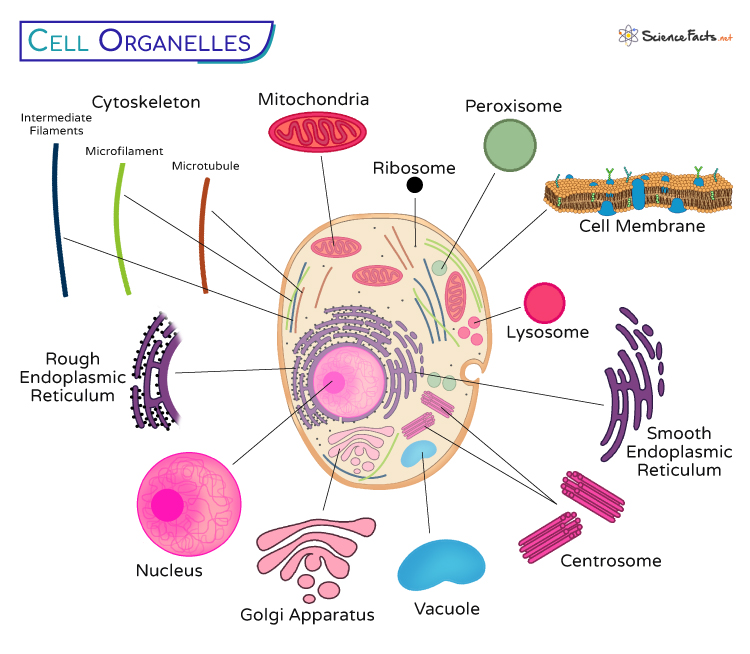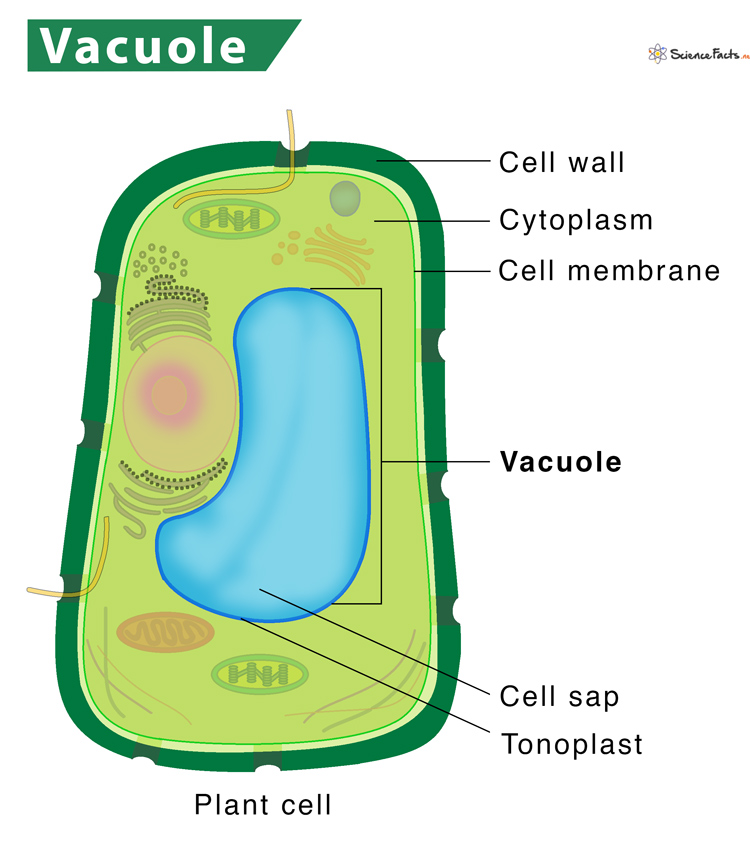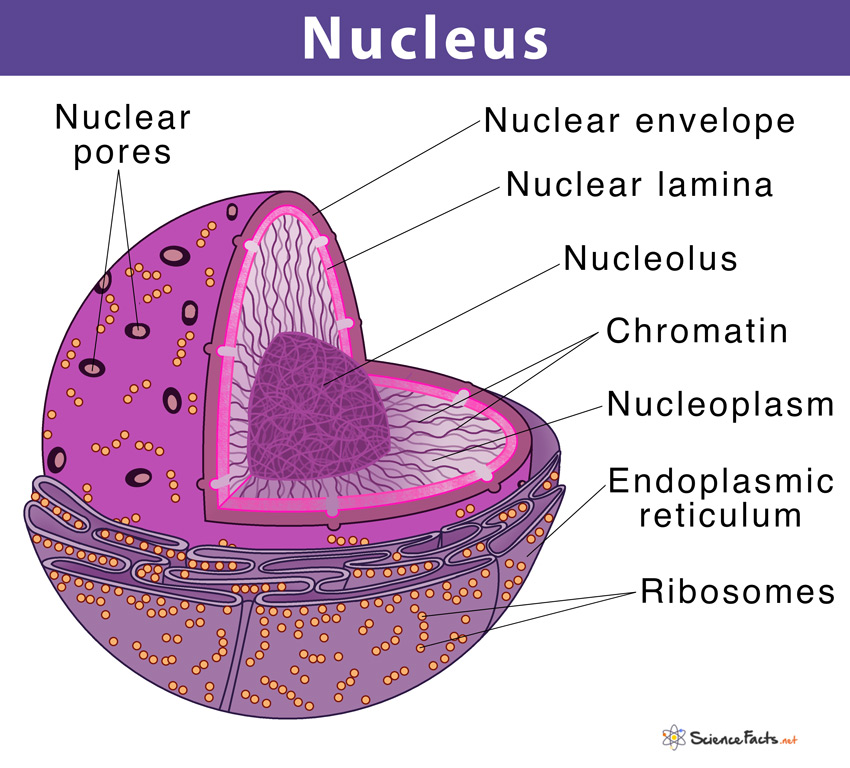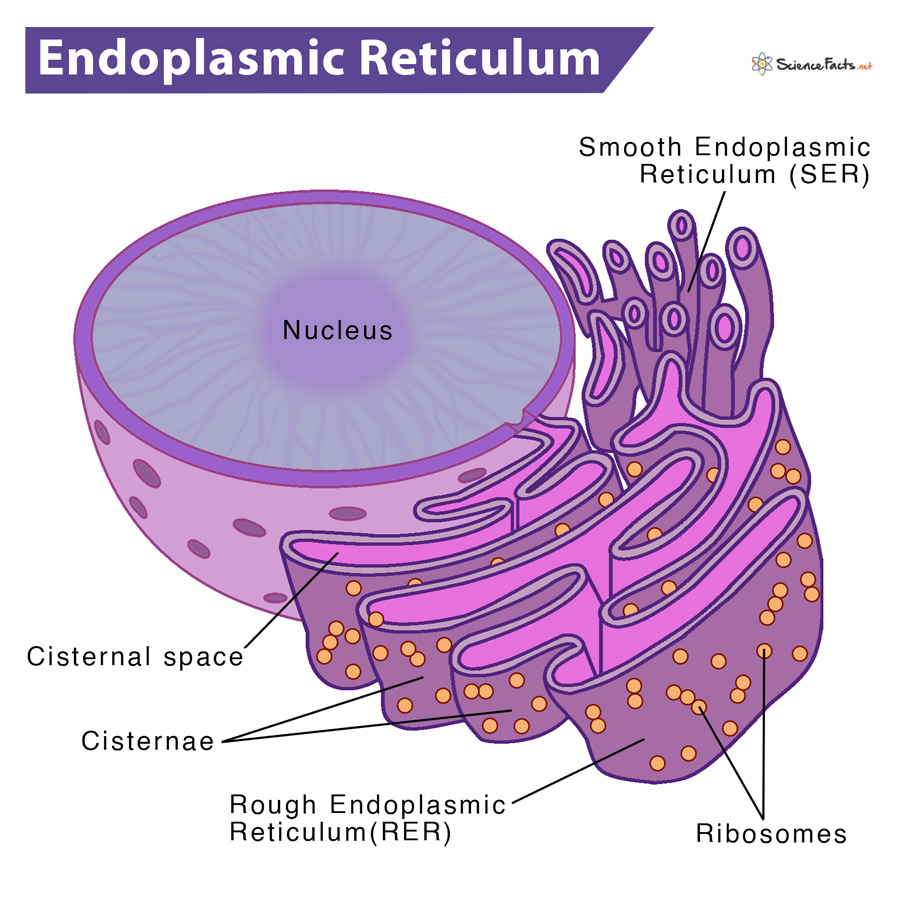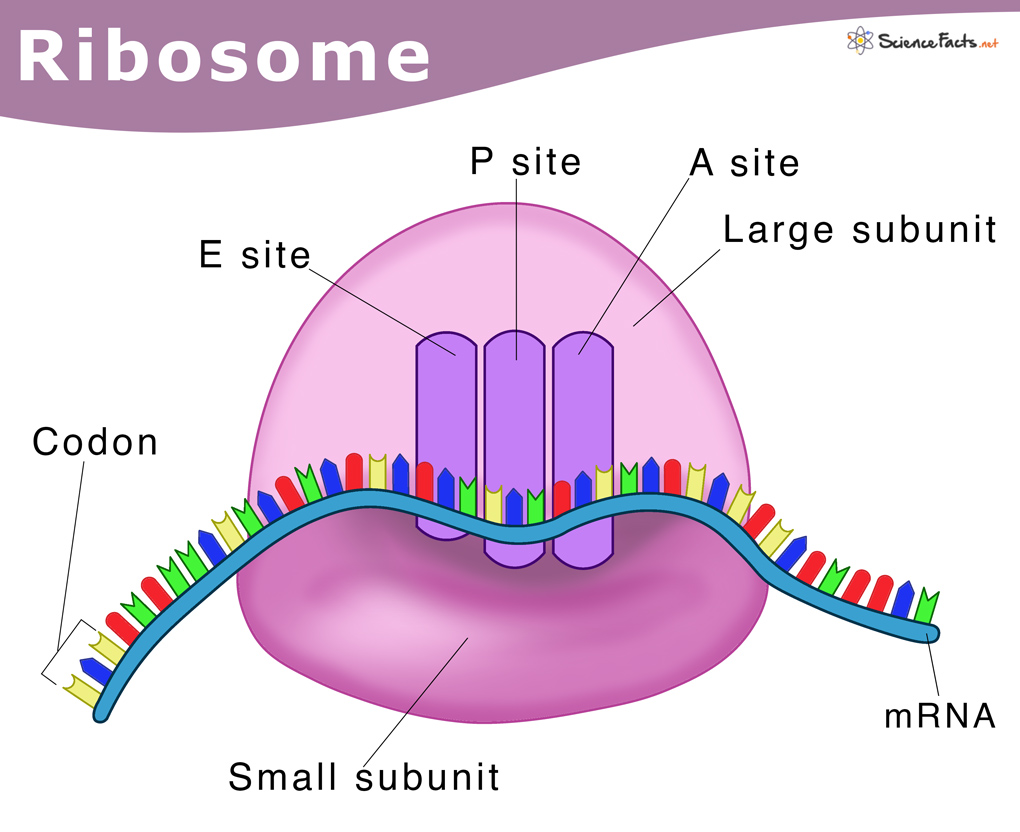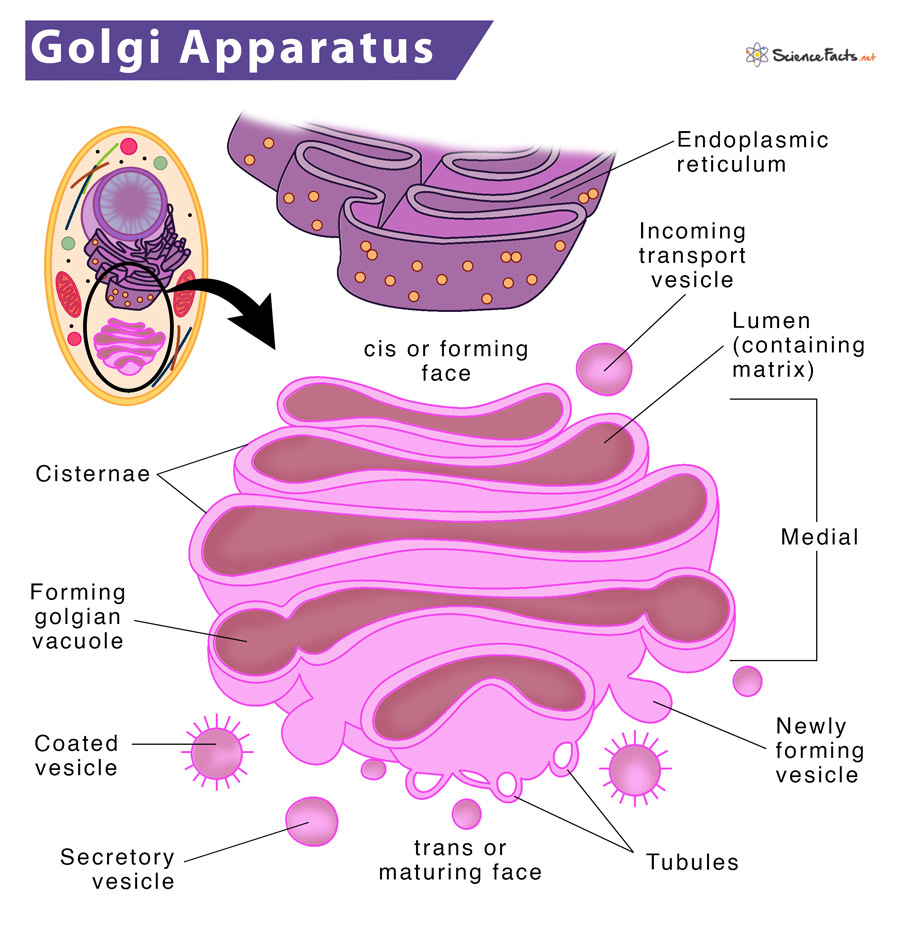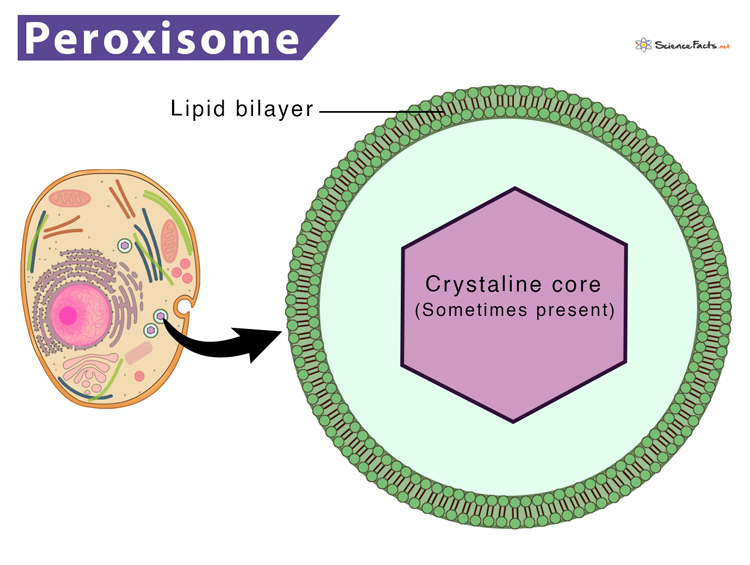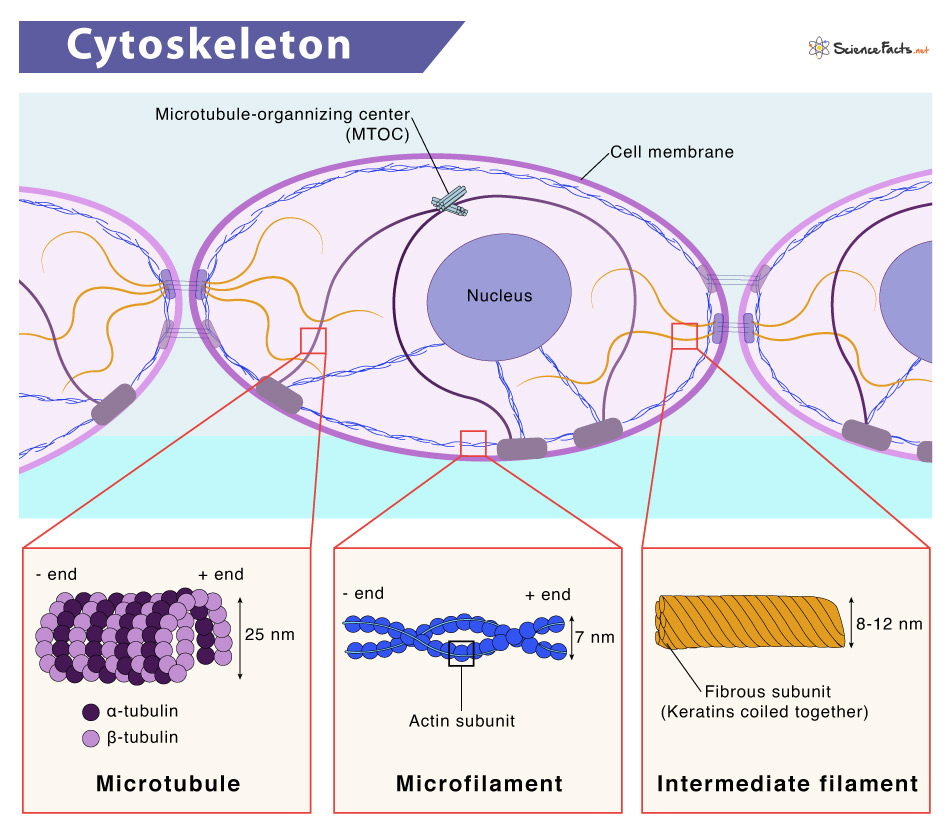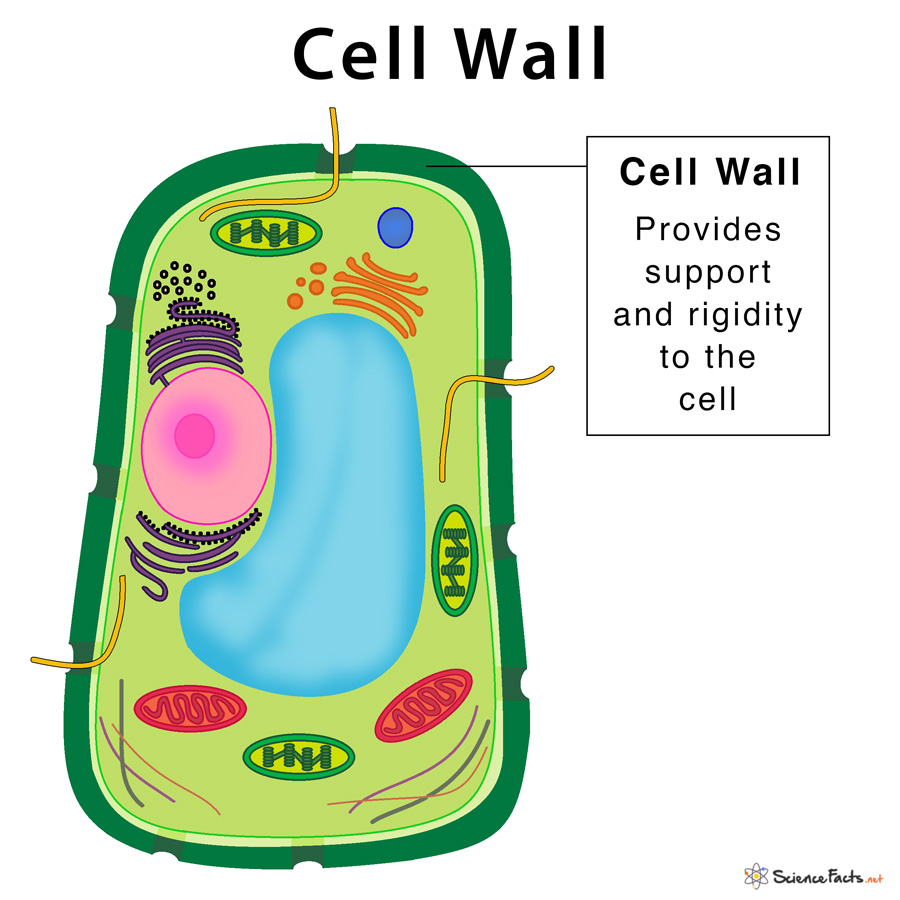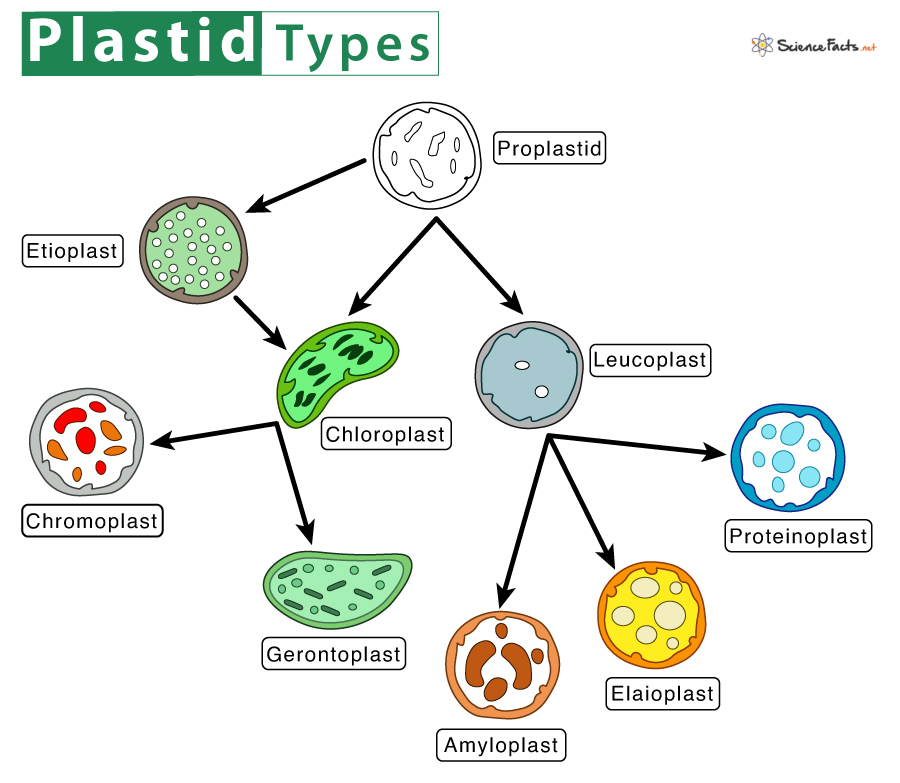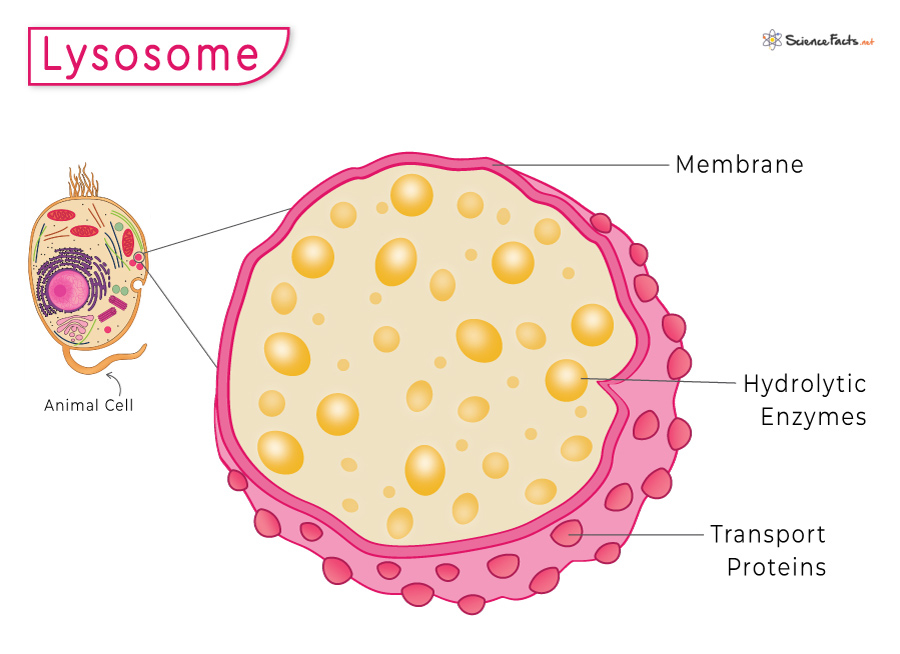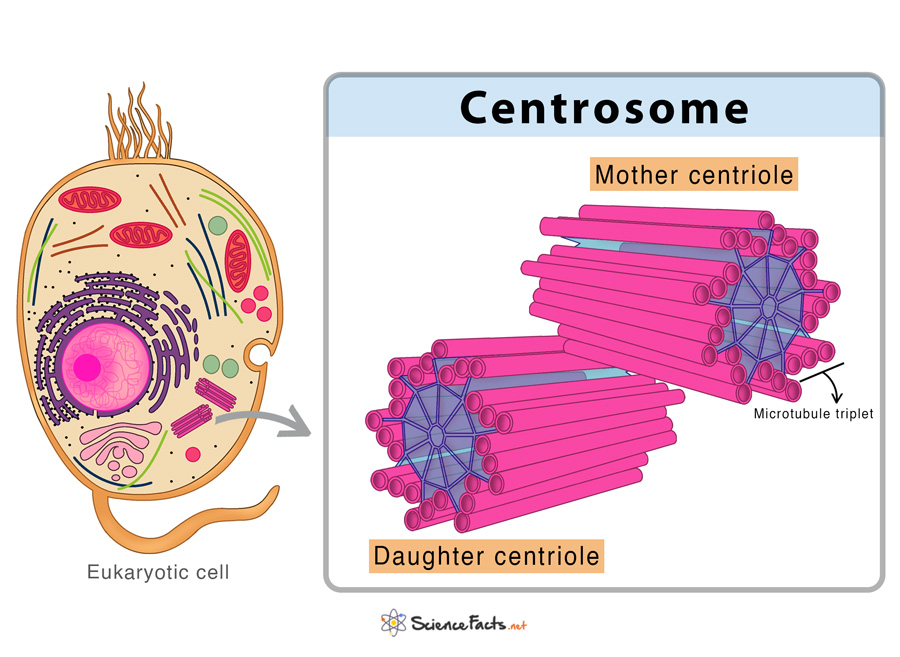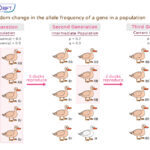Cell Organelles
An organelle is a membrane-bound structure found within a eukaryotic cell. It is similar to an organ in an animal body. There are many cell organelles in a cell, each having a distinct structure and specific functions. Some are without membrane, while others are either single or double-membrane-bound. They collectively help in the functioning of the cell.
Membrane-bound organelles are essential as they allow proper segregation for their functioning in eukaryotic cells. All organelles in a cell are found embedded in a fluid-like material called cytoplasm. It is made of water, inorganic, and organic substances. In contrast to eukaryotes, prokaryotic cells like bacteria lack membrane-bound organelles.
The organelles found in a generalized eukaryotic cell (plant and animals) are listed below:
1. Cell Membrane
It is also called the plasma membrane, which forms the outermost boundary of an animal cell, while in plants, they are enclosed by a cell wall.
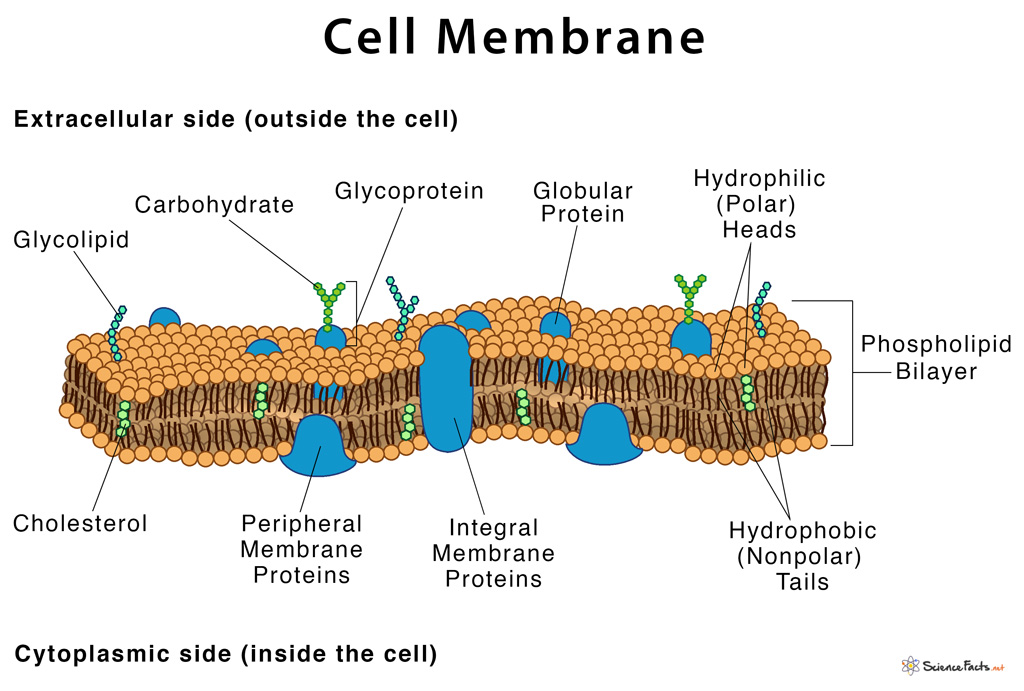
Cell membranes are made of phospholipid bilayers and are selectively permeable, allowing passage of certain substances while blocking others from entering the cell.
2. Vacuole
It is a membrane-bound organelle filled with cell sap. Plant cells have a large central vacuole, while in an animal cell, many small vacuoles are scattered throughout the cell. Vacuoles store reserve water and food materials and are also responsible for maintaining the osmotic pressure of the cell.
3. Nucleus
It is a double-membrane bound cell organelle that carries the cell’s genetic information (DNA or RNA). The nucleus is also where transcription takes place in a cell. It has several parts:
- Nuclear membrane or nuclear envelope is made of a phospholipid bilayer, similar to a cell membrane, and is selectively permeable.
- Nucleoplasm, known as karyoplasm, is a gelatinous substance that protects the cell’s genetic material.
- A nucleolus is a dense structure within the nucleus composed of RNA, proteins, granules, and fibers involved in protein synthesis.
- Chromatin is a complex of genetic material (DNA or RNA) and proteins that participate in cell division.
The nucleus is thus called the control center of the cell.
4. Endoplasmic Reticulum (ER)
They are a network of membrane-bound sac-like structures scattered throughout the cytoplasm. ER packages and transports proteins to the Golgi apparatus. They are of two types:
- Rough Endoplasmic Reticulum (RER) is studded with ribosomes and is thus rough in appearance. RER participates in protein synthesis.
- Smooth Endoplasmic Reticulum (SER) is without ribosomes with a smooth appearance that synthesizes carbohydrates, lipids, and steroids.
5. Ribosomes
They make proteins and are thus called the protein factories of a cell. It is composed of a smaller and a larger subunit, each made of ribosomal RNA (rRNA) and proteins; thus, they are also called ribonucleoproteins. They are bound to the endoplasmic reticulum or scattered throughout the cytosol.
6. Golgi Apparatus
It is a series of staked membrane-bound structures responsible for modifying, packaging, and transporting proteins and lipids to their destinations within and outside the cell.
7. Mitochondria
They are called the ‘powerhouse of the cell’ as they produce the high-energy molecule – ATP that provides the energy responsible for all cellular activities. Mitochondria have their DNA and are a cell’s cellular respiration site.
They are more active than all other organelles in causing apoptosis or programmed cell death.
8. Peroxisomes
They are single membrane-bound vesicular structures that contain digestive enzymes that help cells break down and remove toxic materials through oxidation. They are also involved in biochemical pathways such as β-oxidation of fatty acids, releasing energy as ATP, synthesizing lipids, and plasmalogens.
9. Cytoskeleton
They are a complex network of interlinking protein filaments that maintain a cell’s shape and internal organization. It also provides a cell with mechanical support. There are three types of cytoskeleton:
- Microtubules are hollow protein tubular rods and heterodimers of α- and β-tubulin. They are located in cilia, flagella, and structures associated with cell movement.
- Intermediate filaments are smaller than microtubules but larger than microfilaments.
- Microfilaments are the thinnest cytoskeleton, made of actin filaments. They are thus strong and flexible and are involved in cell movement.
Apart from the above organelles found in both plant and animal cells, some are exclusively found in either of the two types.
Organelles Found Only in Plant Cells
1. Cell Wall
It is the outermost boundary of the plant cell, providing protection and structural support. The cell wall is non-living.
2. Plastids
They are double membrane-bound organelles responsible for manufacturing or storing food in plants and algae. Chloroplast, chromoplast, and leucoplast are the types of plastids commonly found in them.
Chloroplast harbors chlorophyll that helps plants to prepare their food through photosynthesis. In contrast, chromoplast is found in flowers and fruits that help pollinate, while leucoplast stores food.
Organelles Found Only in Animal Cells
1. Lysosomes
They are the site of intracellular digestion and, thus, the cell’s recycling center. Lysosomes are filled with hydrolytic enzymes that remove unwanted substances, such as the worn-out – dead cells and organelles that are no longer helpful, destroy the invading pathogens, and degrade macromolecules.
Lysosomes are rarely found in plant cells and are found to have no role in them.
2. Centrosomes
They are specialized cell structures in animal cells participating in cell division. Centrosomes help separate the replicated chromosomes into the daughter cells equally.
The collaborative functions of all these organelles within cells allow plants and animals to carry out essential functions, survive, and adapt to their environments.
Cell Organelles Chart
Here is a chart with the list of organelles found in a eukaryotic plant or animal cell for reference:
FAQs
Ans. The nucleus and mitochondria contain their DNA and thus are called semi-autonomous organelles.
Ans. Mitochondria and chloroplast are involved in energy conversions in a cell.
Ans. No, viruses are acellular structures and thus have no cell organelles.
-
References
Article was last reviewed on Thursday, October 12, 2023

